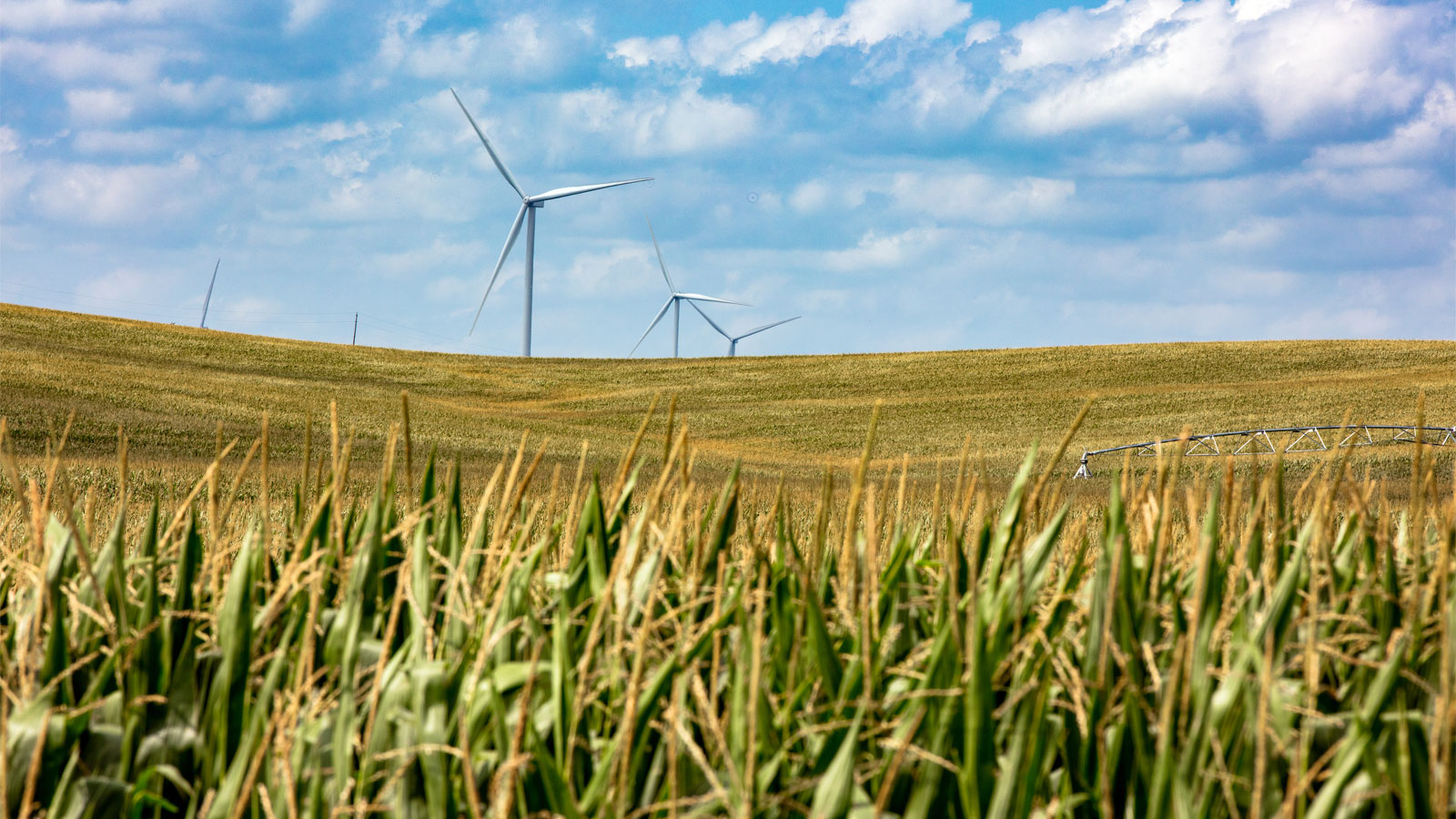Nebraska is a reliably red state. The last time Nebraskans backed a Democrat in a presidential election was 1964. Former president Donald Trump won the state in 2016 by a double-digit margin. So it’s no surprise that Nebraska, like 15 other Republican-controlled states, does not have a plan in place to tackle climate change — its conservative lawmakers have blocked efforts to create such a plan. But, unlike other states, Nebraska has other elected officials capable of making progress on reducing emissions.
On Thursday, the board of directors of the Nebraska Public Power District, the largest electric utility in the state, voted in favor of adopting a nonbinding decarbonization goal of net-zero emissions by 2050, which means that Nebraska is now the only Republican-controlled state in the U.S. to plan to fully decarbonize its electricity sector by mid-century.
Plenty of private utilities have pledged to go green in recent years, even in Republican-controlled states. But Nebraska is unique because it’s the only state in the country where electric utilities are publicly owned. That means that Nebraskans actually vote for the people who sit on the boards of its three power utilities.
“That gives voters in Nebraska quite a bit of power to determine the future of our electricity generation” independent of their opinions on “other issues that often go into election decisions,” said Chelsea Johnson, deputy director of Nebraska Conservation Voters, a nonprofit that has been instrumental in getting Nebraskans to elect pro–clean energy candidates to its utility boards in the past five years.
Nebraska’s two other major utilities, Omaha Public Power District and Lincoln Electric System, have committed over the past few years to reach net-zero emissions by 2050 and 2040, respectively. Nebraska Public Power District’s announcement on Thursday means almost every single Nebraskan could get 100 percent of their power from zero-carbon sources by midcentury.
“The goal approved by NPPD’s Board is to achieve net-zero carbon emissions from our generation resources by 2050,” a spokesperson for Nebraska Public Power District told Grist. “Our Nebraska customers already receive roughly 65 percent of their energy from carbon free resources, and we will continue to work closely with our customers as we move towards a goal of net-zero.”
There are some caveats. Carbon-free power keeps the door open to carbon capture, a nascent technology that traps emissions from the smokestacks of coal- and natural gas-fired power plants that would otherwise float into the atmosphere and contribute to global warming. That means coal could continue to represent some portion of the state’s electricity supply past 2050. And 2050 isn’t a particularly aggressive goal for the power sector. Other state climate plans seek to eliminate emissions from electricity generation faster, by 2030 or 2040. But it’s still an ambitious goal for a red state that currently gets more than half of its electricity from coal. And it’s especially noteworthy because six Republicans sit on the Nebraska Public Power District’s board, which voted 9 to 2 in favor of the net-zero resolution on Thursday.
That’s a major shift for a state that was extremely slow to embrace renewables in the early to mid-2000s. Nebraska’s carbon emissions increased more than any other state’s between 2000 and 2015, according to the Energy Information Administration. In 2010, wind power comprised just 1 percent of the state’s energy mix. But as renewables got cheaper, Nebraska started building more and more wind farms. Its open skies and farmland are conducive to strong wind, and the U.S. Department of Energy ranks it among the states with the best wind potential in the country. By 2019, wind power had grown to comprise 20 percent of the state’s power mix.
Much of this growth is due to the opinions of the people Nebraskans elected to their public utility boards. In 2016, voters sent three pro-renewable candidates to the Nebraska Public Power District. Three more renewable-friendly candidates were elected to the Omaha Public Power District’s board in 2018. It’s possible that Nebraskans will elect people who are anti-renewable and who might undo some of this progress in the future. But that’s unlikely, said Johnson, from Nebraska Conservation Voters. “There’s pretty significant evidence that this is the direction that voters want utilities to go,” she said.
And Johnson said it’s important to remember that Nebraska is committing to clean energy not just because it’s good for the planet, but because it’s good for the state’s economic outlook. “There are not very many industries that want to invest billions of dollars in rural Nebraska, and clean energy is one of those industries,” she said. “I think these elected officials are thinking about that.”
This story has been updated with a comment from a spokesperson for Nebraska Public Power District.




